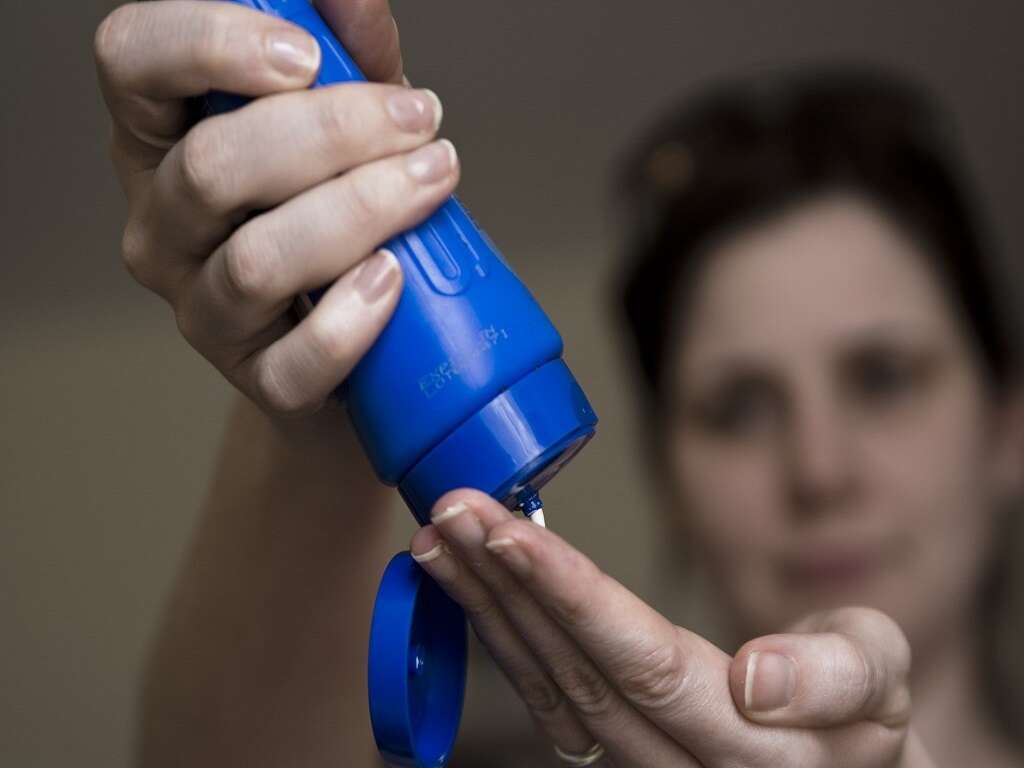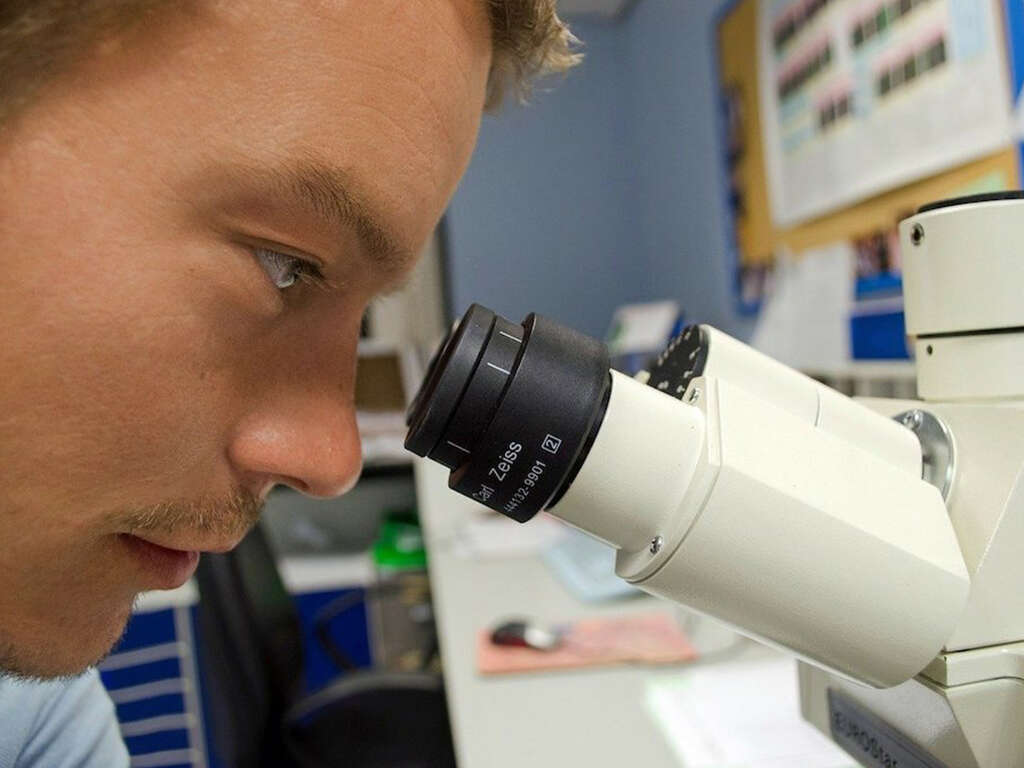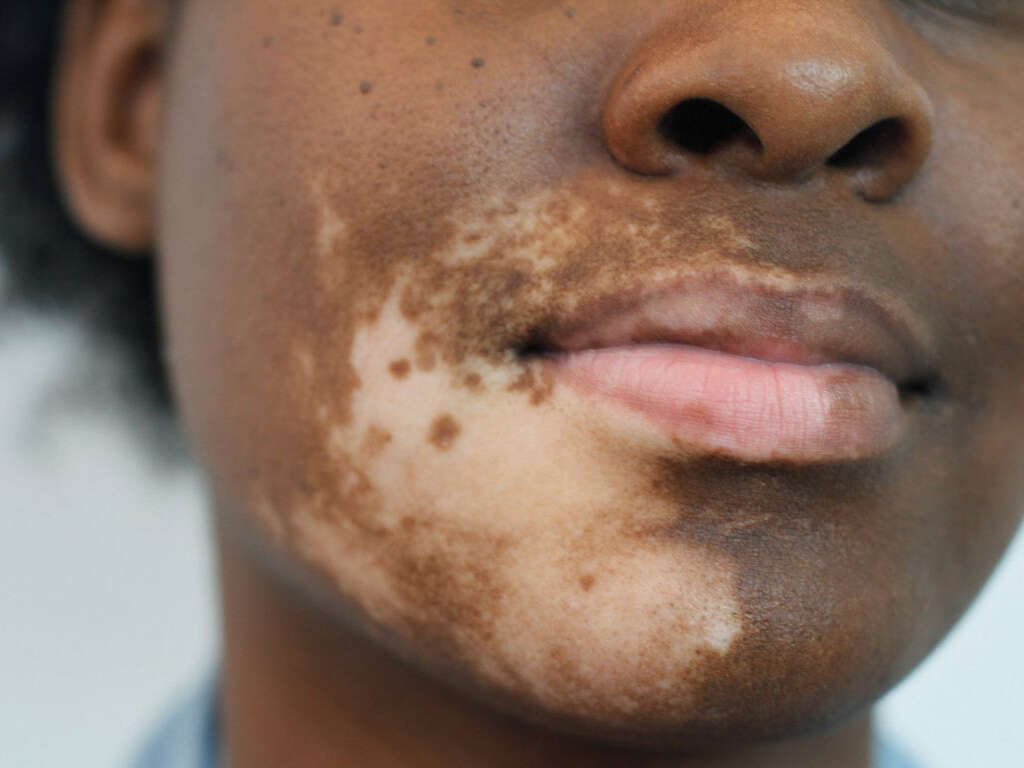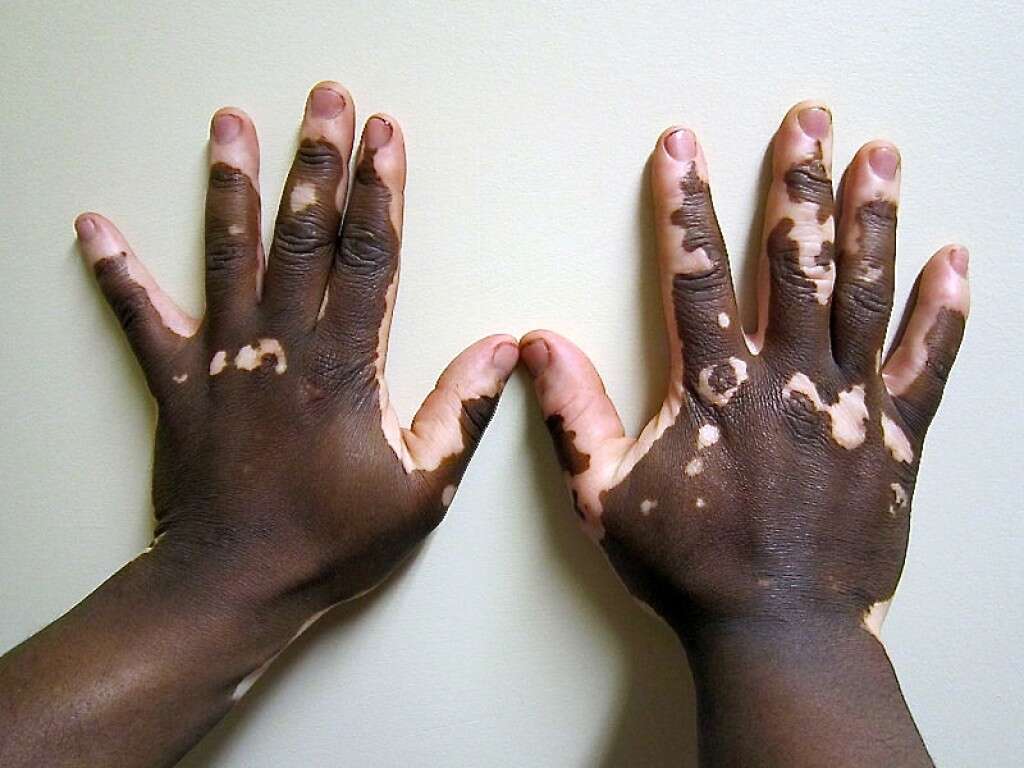What Is Melanin?
The term “melanin” comes from the Greek word “melas,” which translates to dark or black. This term can be used to describe natural pigments that can be found in various organisms. Through melanogenesis, melanin is produced by special cells known as melanocytes.
In humans, melanogenesis occurs when there is exposure to ultraviolet radiation, resulting in darkened skin. Since melanin absorbs light effectively, this pigment helps dissipate more than 99.9% of the absorbed ultraviolet radiation. Because of this ability, it is believed that melanin helps to protect the skin cells from ultraviolet radiation damage. This decreases the risk of dermal degradation and folate depletion, both of which are considered to increase the risk of malignant melanoma or skin cancer. This finding was further correlated by the lower incidence of skin cancer among individuals with a higher concentration of melanin.
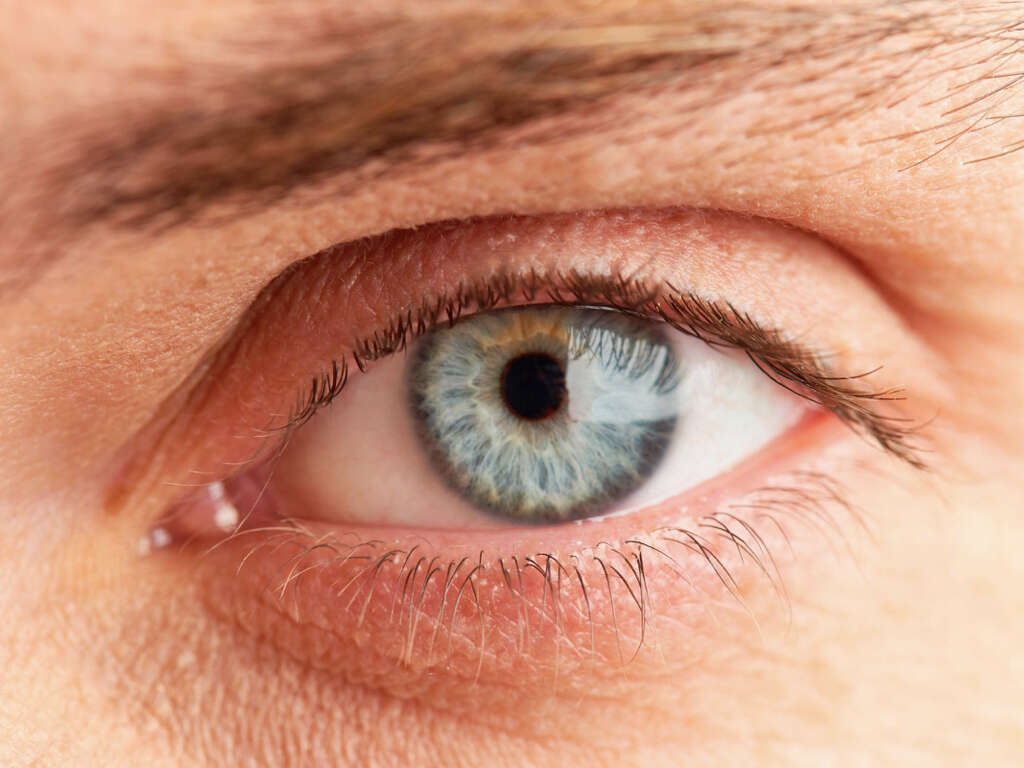
1. Melanin in Humans
Melanin is the main determining factor of skin color in humans. Not only is it found in skin, it is also found in hair, the stria vascularis located in the inner ear, and the pigmented tissue underneath the iris of the eye. It can even be found in the brain where tissues with melanin include pigment-bearing neurons (such as substantia nigra and locus coeruleus) and medulla. In the adrenal gland, it can also be found in the zona reticularis. In the skin, the melanocytes in the basal layer of the epidermis produce melanin.
However, in most cases, humans possess similar concentrations of melanocytes in the skin but these cells produce variable amounts of melanin. There are some humans who have very little to no melanin. This condition is known as albinism.

2. Types of Melanin in Humans
In humans, there are three types of melanin. Eumelanin is melanin that makes the dark colors in the skin, hair, and eyes. Eumelanin can be brown or black resulting in different shades of brown and black in hair, eyes, and skin. In blond hair, there is a small amount of brown but absence of black eumelanin.
Pheomelanin is melanin that colors the pinkish parts of the body such as the lips. Individuals with red hair often have equal amounts of pheomelanin and eumelanin. In those with strawberry blond hair, there is absence of black eumelanin, presence of brown eumelanin, and pheomelanin. Neuromelanin can be found in neurons and typically cannot be seen.
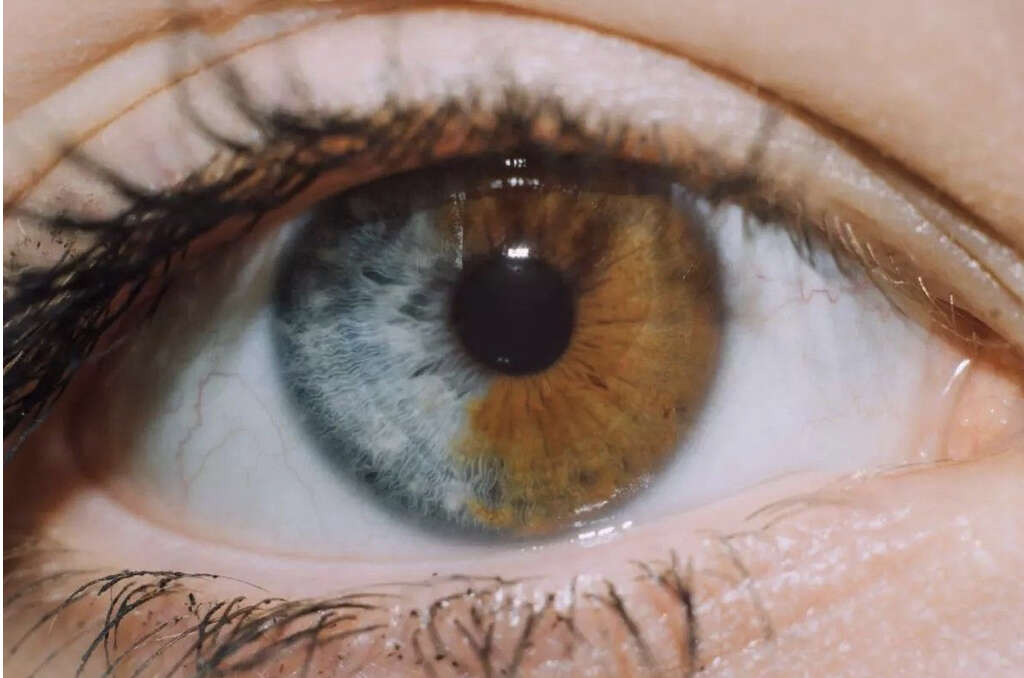
3. Melanin in Other Organisms
In other organisms, the role of melanin is often very diverse. In cephalopods, a type of melanin is used as a defense mechanism against predators. In bacteria and fungi, melanin also protects them from stresses causing cell damage such as from ultraviolet radiation.
In many pathogens, melanin can play an important role in the pathogenicity and virulence of the microbe against the immune response of the host. In some fungi, the melanin helps to capture gamma rays for photosynthesis. In birds, the colors in their feathers are due to melanin and degrade less easily compared to unpigmented feathers. In mammals, melanin plays a role in the color of their coat and pattern. In plants, the melanin produced is often referred to as “catechol melanin.” it can be commonly seen in the enzymatic browning of fruits.

4. Physiology of Melanin in Humans
Granules of melanin are inserted by melanocytes (cells) into vesicles (melanosomes). These vesicles are then transferred into keratinocyte cells in the skin (epidermis). These then accumulate on top of the cell nucleus to protect the nuclear DNA from mutations that can be caused by ionizing radiation of ultraviolet rays.
Generally those who live near the equator have more eumelanin, resulting in darker skin (brown or black) to protect them against the higher exposure to the sun. Since they have better protection, melanomas (skin cancer) are more commonly seen among those with lighter skin. However, increased pigmentation also increases the amount of heat absorbed from sunlight compared to individuals with lighter skin. Increased pigmentation also interferes with the synthesis of vitamin D, leading to increased incidences of rickets in dark-skinned children.
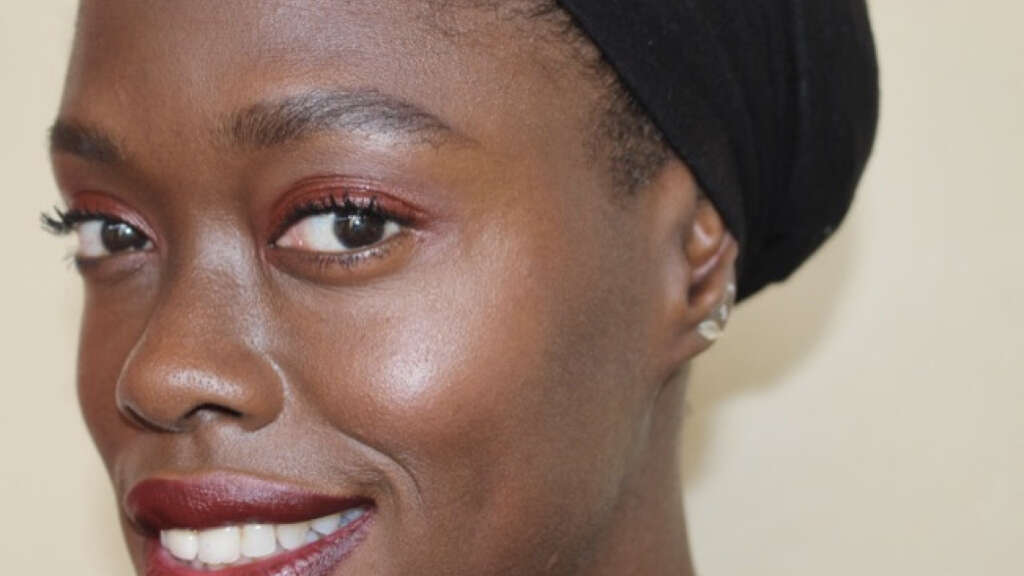
5. Evolutionary Origins of Melanin
About 1.2 million years ago, humans evolved to have dark skin to adapt to the loss of body hair and increased ultraviolet radiation. Before becoming hairless, early humans had light skin underneath, just like other primates. Modern humans evolved about 200,000 to 100,000 years ago and began populating the world via migration 80,000 to 50,000 years ago.
It is postulated that the first modern humans had a higher number of eumelanin producing melanocytes, resulting in darker skin similar to those of the indigenous people of Africa. With time, these individuals gradually migrated and settled in Europe and Asia. This led to the decrease of eumelanin production as the sun was less intense, resulting in the different range of skin color.

6. Melanin Effects
Due to northward migration, individuals with lighter skin acclimate to stronger solar radiation. When exposed to ultraviolet light, their skin darkens to give them more protection when required. This also means that those with darker skin are more protected against sunburn and skin cancer. In the eyes, melanin helps protect against high frequency visible light and ultraviolet light.
Therefore, individuals with lighter irises such as those with green, gray, and blue eyes have a higher risk of eye-related issues. The ocular lens also yellows with age to provide additional protection.

7. Increasing Melanin
Since melanin has been thought to help protect the skin from ultraviolet rays, increasing melanin has the potential to decrease the likelihood of skin cancer. There are some studies that have suggested that by increasing the intake of certain nutrients, the levels of melanin can also be increased. Because of oxidative stress from both endogenous and exogenous sources, the increase of melanin may reduce generation of free radicals and DNA oxidation.
Besides melanin, the second category of defense would be the repair processes, which remove damaged biomolecules before the accumulation of these products lead to altered cell metabolism. Other methods that may be beneficial include avoidance of exposure to sun, additional ultraviolet protection using sunscreens or clothes, and antioxidant supplements.

8. Ways to Increase Melanin
Although there is no conclusive evidence to support the use of the following nutrients to help increase melanin in the body, there is some research that has suggested that antioxidants, vitamin A, vitamin E, and vitamin C may potentially increase melanin levels.
Try consuming foods such as dark berries, dark leafy greens, dark chocolate, orange vegetables (squash, carrots, sweet potatoes), meat, fish, grains, nuts, seeds, or taking supplements that are easily available in stores. Some studies have also suggested the potential of herbs and teas to help protect the skin from ultraviolet rays. These products include turmeric and green tea, which have high amounts of polyphenols and flavonoids.

9. Albinism
Albinism is a disorder that occurs due to very little melanin. Individuals with this disorder have blue eyes, white hair, pale skin, and vision issues. To avoid damage from the sun, sun protection is recommended. There are about nine types of oculocutaneous albinism.
The term “oculocutaneous” refers to affecting both the eyes and skin. This is an autosomal recessive disorder. The incidences of different forms of albinism vary among certain ethnicities. When albinism affects the eye color, it also affects visual acuity. There is also a connection between albinism and deafness. This association was first established by Charles Darwin who observed that cats that are entirely white with blue eyes are usually deaf.

10. Other Disorders Related to Melanin
There are also other disorders that are related to melanin production. In individuals with melasma, there are brownish patches on the face that are thought to be caused by hormones, exposure to sun, and birth control pills. They can be treated using prescription creams, chemical peels, and laser treatment.
In vitiligo, melanocytes are lost, resulting in smooth white patches on the skin. Although there is no cure, treatment options include corticosteroid creams, ultraviolet light therapy, and dyes. In another significant disorder known as Parkinson’s disease, experts find that there is decreased levels of neuromelanin in the locus coeruleus and substantial nigra, resulting in lower levels of norepinephrine and dopamine.





